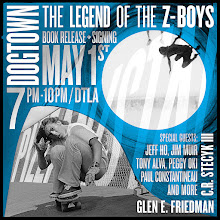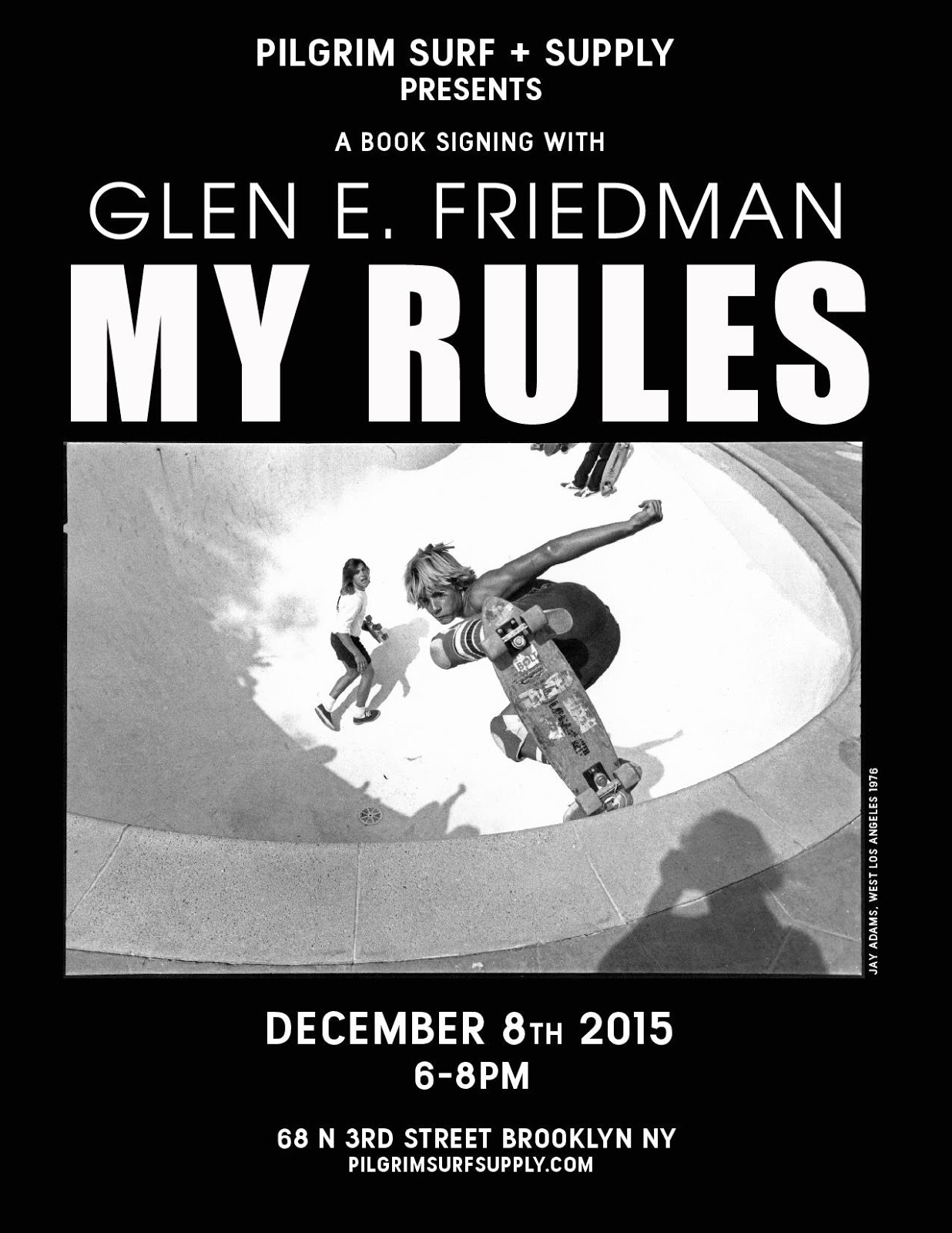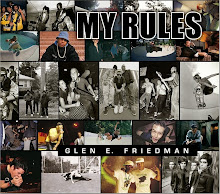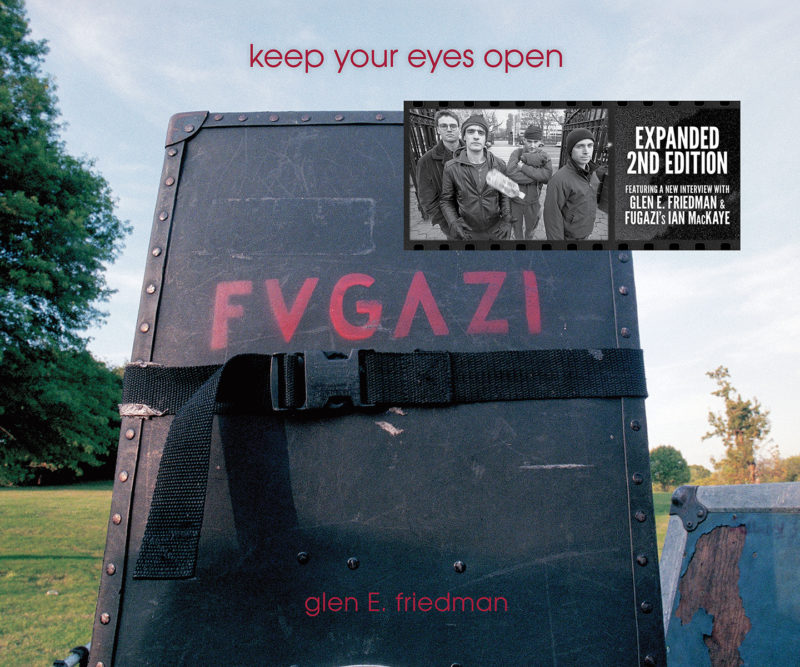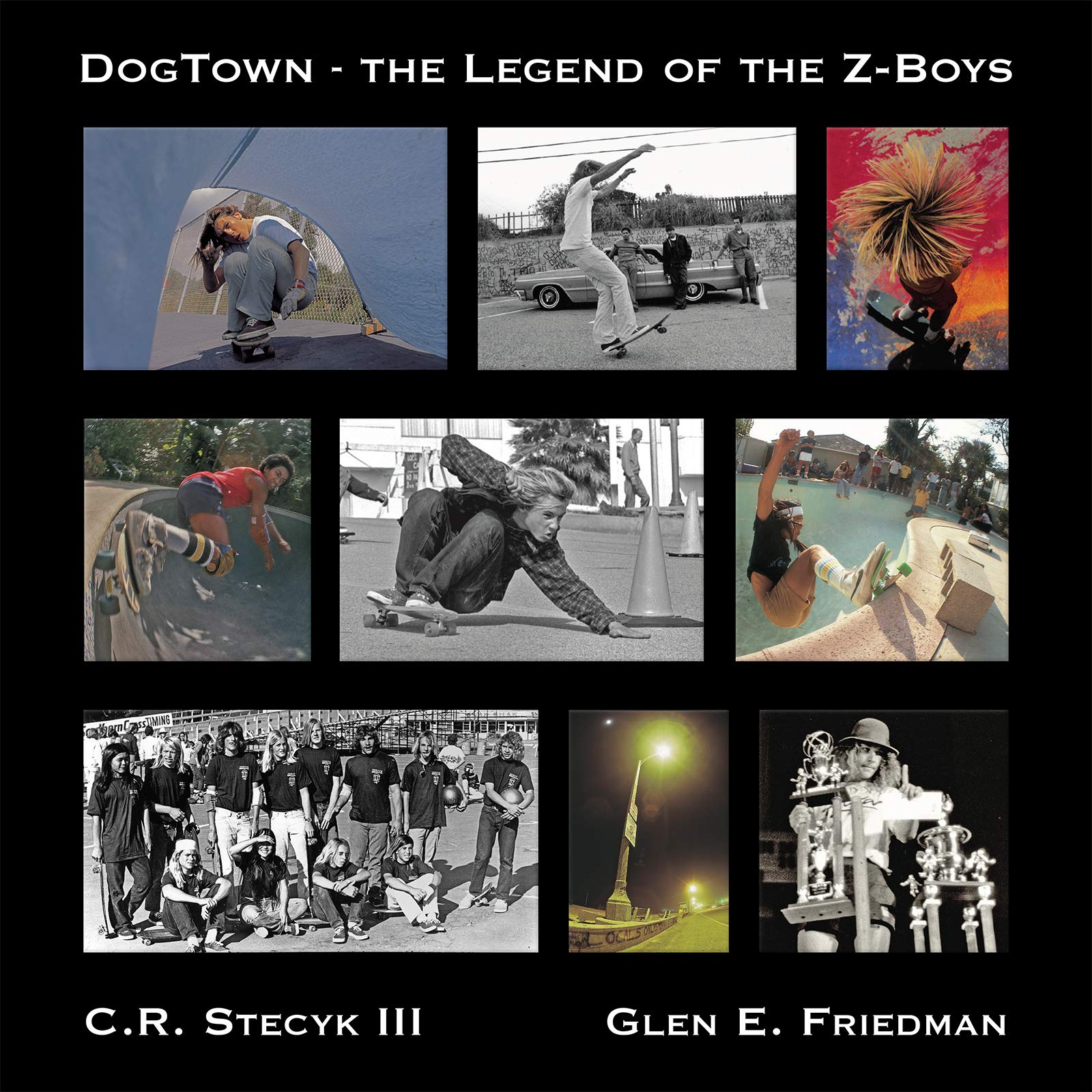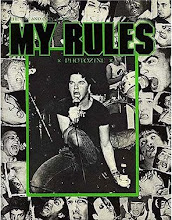Although it might have seemed like a good idea to host the 2014 FIFA World Cup in Brazil — one of the most soccer-obsessed countries in the world — massive social unrest has taken the country by storm in the lead-up to the tournament.
The Brazilian government is spending an estimated $14 billion on this year's tournament, making it the most expensive World Cup to date. This has provoked outrage among Brazilians, many of whom view the government as corrupt, and are now seeing vast amounts of money being spent on soccer stadiums and police, while the country's endemic poverty and social issues are ignored.Related:
This growing unrest led to violent anti-government protests breaking out in June of 2013, which have continued with increasing momentum in the lead-up to the World Cup. The Brazilian government has responded to these demonstrations by deploying massive numbers of police and military throughout the country in an attempt to suppress the masses. Despite this crackdown, major demonstrations continue to take place in cities across the country as international teams begin to arrive for the games.
VICE News traveled to Brazil to see how the country is preparing for one of the world's biggest international events, while simultaneously struggling to control a mounting civil uprising. In the first episode of this four-part series, we meet some of the activists involved in the protests, and attend a marijuana-legalization demonstration in Rio de Janeiro.
Check out the VICE News beta for more: http://vicenews.com
Follow VICE News here:
Facebook: https://www.facebook.com/vicenews
Twitter: https://twitter.com/vicenews
Tumblr: http://vicenews.tumblr.com/
São Paulo Monorail Collapses Days Before World Cup Begins: http://bit.ly/1oRxhZ5























































